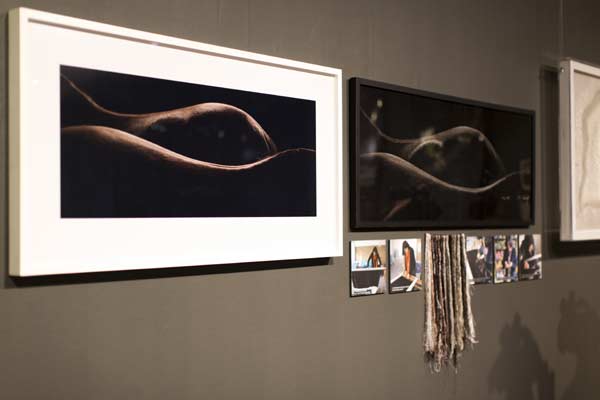Reborn in silk
Updated: 2015-03-24 08:11
By Ning Hui(China Daily)
|
|||||||||
|
Silk Equus (right), a doublesided silk embroidery tableau of Tim Flach's horseback photo (left) |
An embroidery artist recreates an equine portrait in her classic Chinese-style art, Ning Hui reports for China Daily.
Great art often inspires further creativity, sometimes in a surprising form. For Tim Flach, a London-based animal photographer, the idea that some of his best works would be recreated through the art of Chinese embroidery came as a surprise.
On March 11, when Silk Equus, a one-off double-sided silk embroidery tableau of Flach's most recognizable horseback photograph, was exhibited at London's China Design Center, it stunned every viewer in the room, including Flach, who was seeing the piece for the first time.
Silk Equus' creator is Huang Linzhen, a 44-year-old Chinese embroidery artist. With silk threads split into one-sixteenth of the thickness of a hair, with more than 80 hues, a variety of different stitching techniques and 50 days' hard work, she presented to the curious audience in London a unique recreation of the photograph - one that both meticulously captured the original details and also added a distinct texture to the image.
Flach was amazed by the diligent work. "The photo was taken in a millisecond, yet Huang's recreation took two months. The image was transformed in such a way that fully expresses the details," he says. "I am honored to have Mrs Huang rework my image."
The photographer is best known for applying principles of human portraiture to his conceptual image of animals. The image - which highlights the smooth back shapes of two dark horses - was chosen from his 2008 collection Equus, a photographic study of the family of horses.
Huang's embroidery style is called Su Xiu (Suzhou) embroidery, one of the four major regional styles of Chinese embroidery. Suzhou embroidery has a history of 2,000 years and is crafted in areas around Jiangsu province in East China. Typically working with natural themes like birds or animals, modern Suzhou embroidery also seeks inspiration from artwork with different cultural backgrounds to explore new artistic directions and to keep the ancient needle art alive.
Huang is one of the pioneers in such exploration. She started practicing embroidery at age 7 and has, for decades, searched for inspiration from oil paintings, traditional Chinese ink paintings and realistic paintings. When Huang first saw Flach's horseback photo, she says, its abstract form and soothing lighting moved her immediately. "It gives the audience a lot of space for imagination."
Recalling the challenges in the process, she says: "Photography is especially difficult for embroidery because it requires great attention to its subtle light and shadows.
"The original artwork, be it painting or photograph, serves as a blueprint while the recreation is a result of an in-depth study with personal appreciation."
For the horseback photo, Huang hand-picked the 80 colors needed for the work and used dozens of different types of stitches. "Because the picture has a very simple yet abstract frame," she says, "while I was working on it, none of my colleagues could tell what the picture was about. It's my own journey."
The exhibition where Silk Equus made its first appearance is called Flow: Transformation Materials in Contemporary Chinese Craft. Part of the 2015 UK-China Year of Culture exchange events, the exhibition features selected works from 12 individual craft-design workshops from Hangzhou, Zhejiang province, a city near Suzhou.
Along with the Su Xiu silk piece, these exhibited crafts demonstrate not only a resurgence of traditional skills - using bamboo, silk and ceramics - but also a sense of "blending", where the old meets the new.
A UNESCO-listed craft and folk-art city, modern Hangzhou has the creative power of the celebrated China Academy of Art, now presided over by the Pritzker prize-winning architect Wang Shu. Wang's work was once described as "evoking the past without direct reference to history", a statement the exhibition Flow was intended to follow.
To successfully communicate and achieve blending, Jack Qu, executive director of the China Design Center, says: "It is important to first demonstrate to a different audience how traditional skills work."
Qu says he hopes the familiarity Western audiences have with Flach's work will help them better enjoy the silk embroidery. Both Flach and Huang are now planning further collaborations.
"As the China season of the UK-China cultural exchange year is to welcome hundreds more activities in UK, I hope different communities can work together to explore the core concept of creativity," says Xiang Xiaowei, cultural minister counselor at the Chinese embassy in London.
(China Daily USA 03/24/2015 page9)
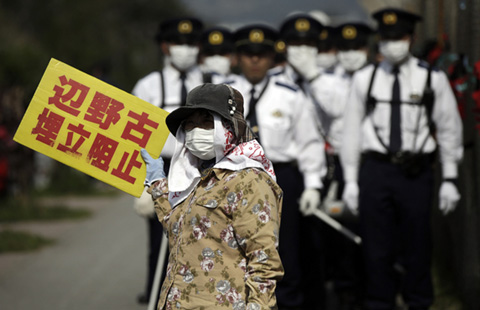
 Tokyo's plans to build new US base possibly scuppered
Tokyo's plans to build new US base possibly scuppered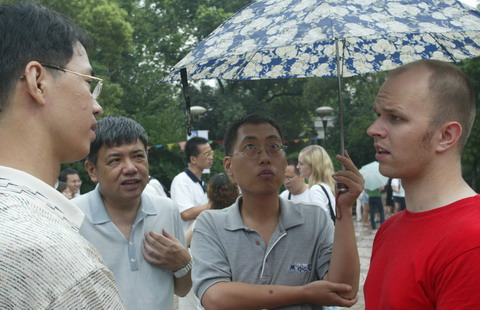
 Conversation topics only heard in China
Conversation topics only heard in China
 Snow blankets Chicago after spring storm
Snow blankets Chicago after spring storm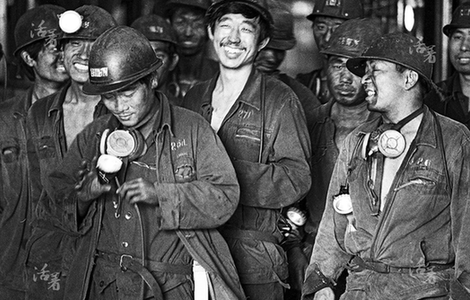
 Dramatic changes for Chinese miners in the last 30 years
Dramatic changes for Chinese miners in the last 30 years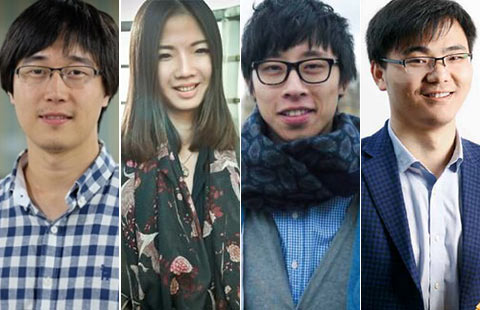
 Top 10 young Chinese entrepreneurs defining the future
Top 10 young Chinese entrepreneurs defining the future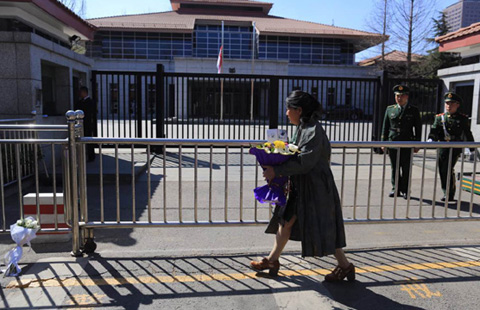
 Singapore Embassy in Beijing mourns Lee Kuan Yew
Singapore Embassy in Beijing mourns Lee Kuan Yew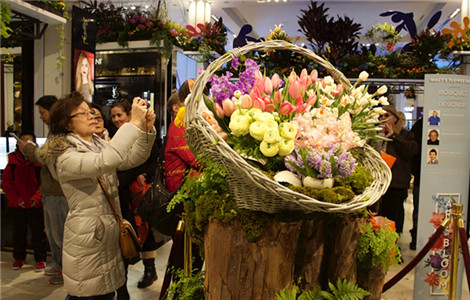
 China joins legendary flower show
China joins legendary flower show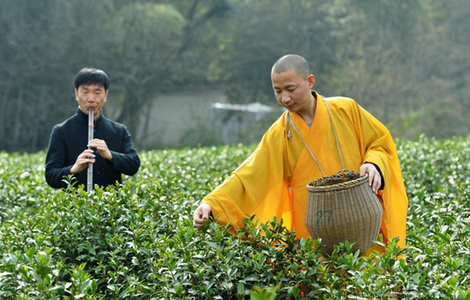
 Monks perform tea-picking ritual in Hangzhou
Monks perform tea-picking ritual in Hangzhou
Most Viewed
Editor's Picks

|

|

|

|

|

|
Today's Top News
Students humbled by trip to China
Antitrust policy 'treats
all fairly'
Lee remembered as 'old friend' of Chinese people
Huawei plans big push to sell smart devices in US
Texas Republican Cruz announces presidential bid
Fictional TV presidents more popular than Obama - poll
Beijing artist gives back to opera
Kites of Asia soar at Smithsonian
US Weekly

|

|
